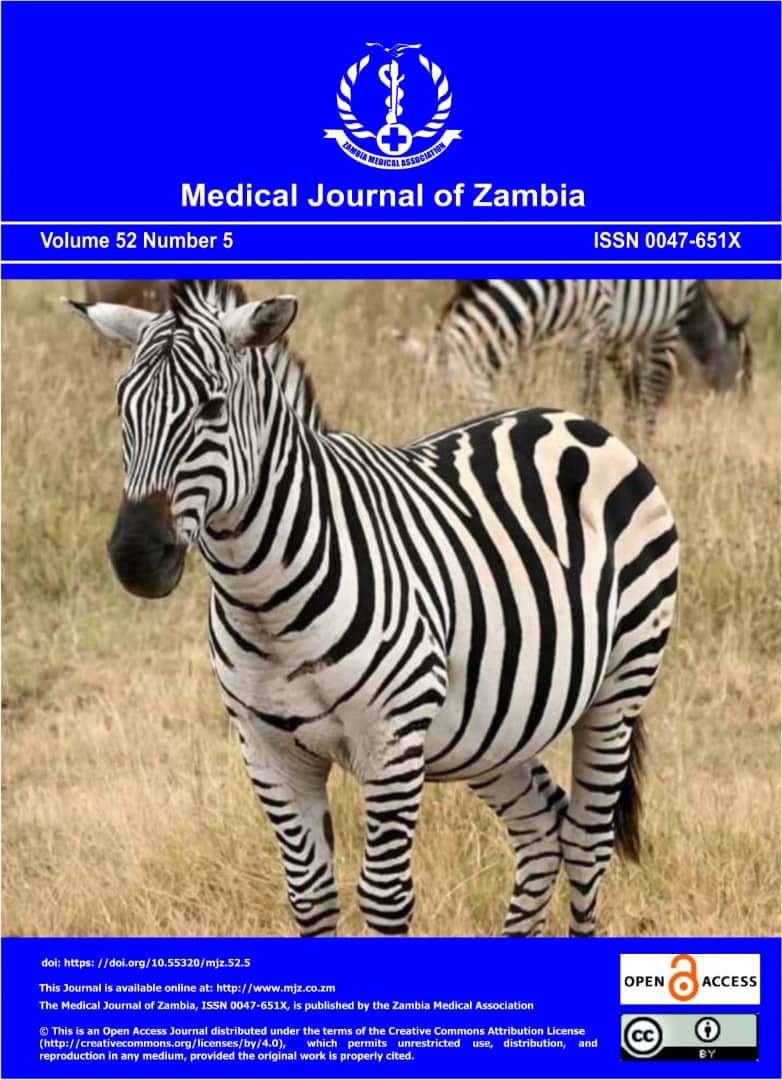A Retrospective Analysis of Endoscopic Variceal Ligation Outcomes for Secondary Prophylaxis of Esophageal Variceal Bleeding in Western India
DOI:
https://doi.org/10.55320/mjz.52.5.802Keywords:
Endoscopic Variceal Ligation (EVL), Rebleeding, low- and middle-income countries (LMIC), western IndiaAbstract
Background: Acute oesophageal variceal bleeding remains a leading cause of early death in cirrhosis, and access to definitive endoscopic therapy is often limited in low- and middle-income countries (LMICs). Endoscopic Variceal Ligation (EVL) offers a simple, equipment-sparing option that could narrow this survival gap.
Methods: We performed a retrospective analysis of prospectively maintained data on 34 cirrhotic adults treated with EVL for secondary prophylaxis at a public tertiary hospital in Western India. Primary outcomes were 90-day rebleeding and all-cause mortality. Multivariable logistic regression identified independent predictors of rebleeding.
Results: EVL achieved immediate haemostasis in 100 % of patients. Ninety-day rebleeding occurred in 14.7 % (5/34) and all-cause mortality in 5.9 % (2/34). On multivariable analysis, an International Normalised Ratio (INR) > 1.5 (adjusted OR 5.1, p = 0.04) and Child–Pugh class C cirrhosis (adjusted OR 4.9, p = 0.04) independently predicted rebleeding.
Conclusions: A structured EVL programme delivered in a resource-constrained LMIC setting achieved rebleeding and survival rates that equal or surpass reports from high-income countries. Recognition of coagulopathy and advanced liver disease as high-risk features can guide intensified surveillance and adjunctive therapy where resources allow. These findings support the scalable adoption of EVL as a cost-effective, life-saving intervention across LMIC public-sector hospitals.
Downloads
Published
Issue
Section
License
Copyright (c) 2025 Medical Journal of Zambia

This work is licensed under a Creative Commons Attribution-NonCommercial 4.0 International License.









